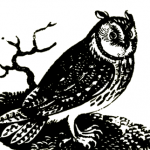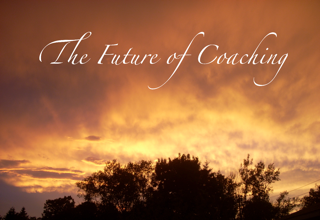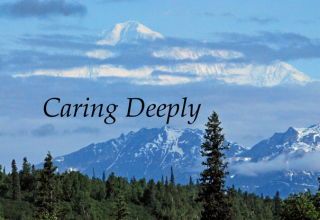
Thousands of books and articles have been written about leadership, and there is a substantial body of literature on community development as well. But little has been said about a closely related subject: the civic engagement of sage leaders—the role that unusually talented men and women voluntarily play in sharing their experience, judgment, and wisdom to advance the welfare of the communities in which they live.
 Furthermore, while “civic engagement” is now an understood and accepted concept (“working to promote the quality of community life”), the term “sage” usually is not associated with it. To some, “sage” is a herb with a camphor-like aroma. To most “sage” evokes images of oracles and shamans, wise old men and women who for thousands of years in tribal societies served as political leaders and judges, guardians of traditions, and teachers of the young. This age-old meaning of “sage” lingers, but the forces of modernization left traditional elders without meaningful roles and they lost their honored place in society. In our time, senior citizens have become stereotyped as “old people” and have been relegated to retirement communities and nursing homes, awaiting pending death. For all intents and purposes, they are no longer considered contributing members of society.
Furthermore, while “civic engagement” is now an understood and accepted concept (“working to promote the quality of community life”), the term “sage” usually is not associated with it. To some, “sage” is a herb with a camphor-like aroma. To most “sage” evokes images of oracles and shamans, wise old men and women who for thousands of years in tribal societies served as political leaders and judges, guardians of traditions, and teachers of the young. This age-old meaning of “sage” lingers, but the forces of modernization left traditional elders without meaningful roles and they lost their honored place in society. In our time, senior citizens have become stereotyped as “old people” and have been relegated to retirement communities and nursing homes, awaiting pending death. For all intents and purposes, they are no longer considered contributing members of society.
Theory S
Enter stage left: Theory S is a new model of middle and late life development which builds first on the observation that elderly men and women have the potential to “become spiritually radiant, physically vital, and socially responsible elders of the tribe.” (Zaltman and Miller, From Age-ing to Sage-ing). Viewed in this provocative and powerful way, sage leaders are energetic risk-takers who work to heal and humanize society by becoming deeply involved in strengthening the civic lives of their communities.
The subject of Theory S, however, is much broader than this. It is not only senior citizens who have the potential to become sage leaders. Many young community members possess and exhibit the qualities of sage leadership as well—and deservedly so. The conventional notion of wisdom emanating only from the elder is being replaced by the compelling notion of reciprocity—the potent truth that each age cohort has something of great value to bring to the other cohort in serving their community together.
Building on the idea that sage leadership is an intergenerational phenomenon, this magazine will tell the story of the civic lives of leaders in communities throughout the world—and it begins with the stories and insights to be gained from 50 emerging sage leaders (ages 25-55) and 50 senior sage leaders (ages 56-90) in Grass Valley and Nevada City, California. These 100 certainly are not the only sage leaders in the world (or even in these two communities), but they are highly representative of those who are voluntarily engaged in its civic life.
What then is Theory S? And what makes for sage leadership? And what can be said about the civic involvement of sage leaders in advancing the welfare of communities in which they live—especially during difficult economic times? This magazine invites answers to these and other intriguing questions.
Personal Interviews
The answers are provided in several different ways in this magazine. One of the ways they are provided in a very intense and personal manner is through the interviews that were conducted with 50 Emergent Sage Leaders and with 50 Senior Sage Leaders in Nevada County California. Each of the issues of Sage provides the transcript from two of these interviews — one with an Emerging Sage Leader and the second with a Senior Sage Leader.
Essays on Theory S
The second way in which the answers are provided regarding Theory S is through a series of essays that summarize the findings of the Nevada County project of Sage leadership, as well as providing quotations from the 100 interviews conducted with Emerging and Senior Sage leaders in this California county. Each issue of Sage provides essays.
1K Club



















